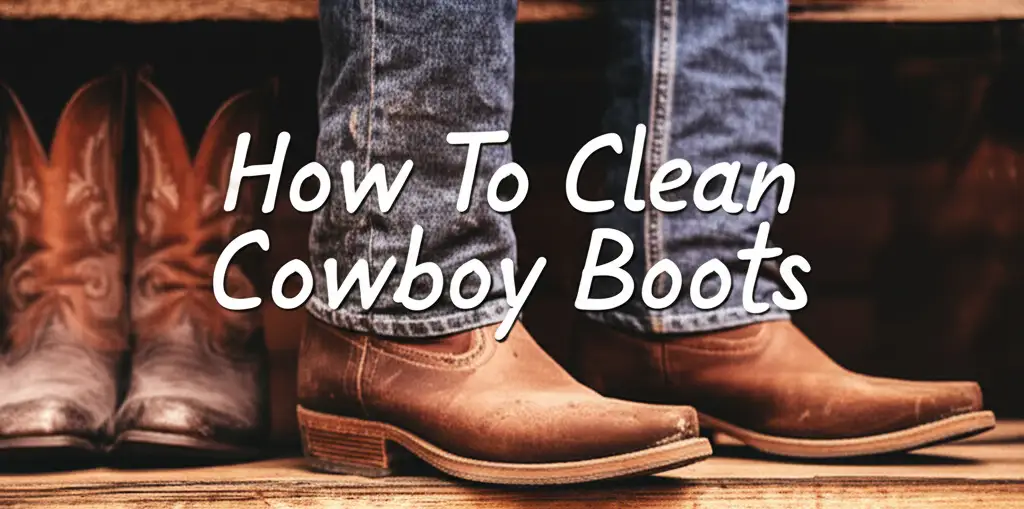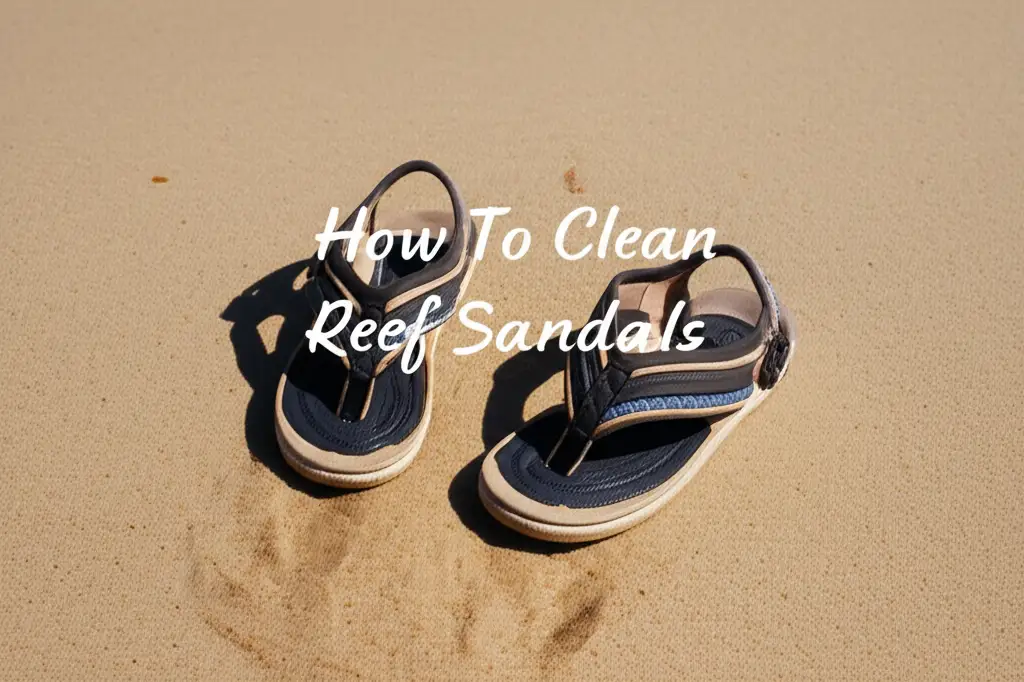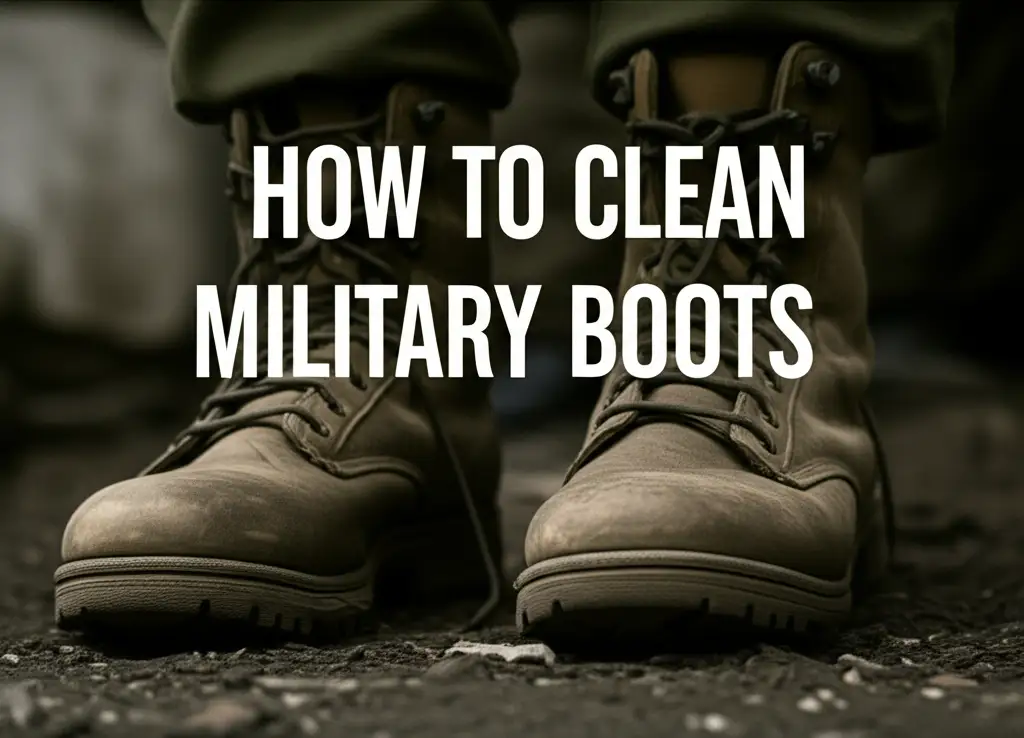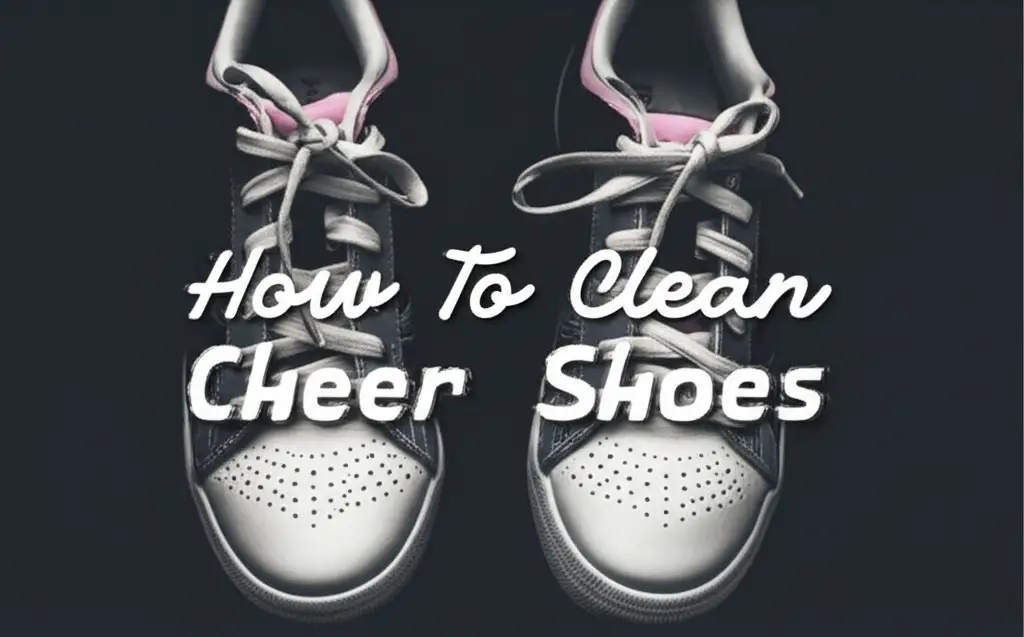· Footwear Care · 15 min read
How To Clean Steel Toe Boots
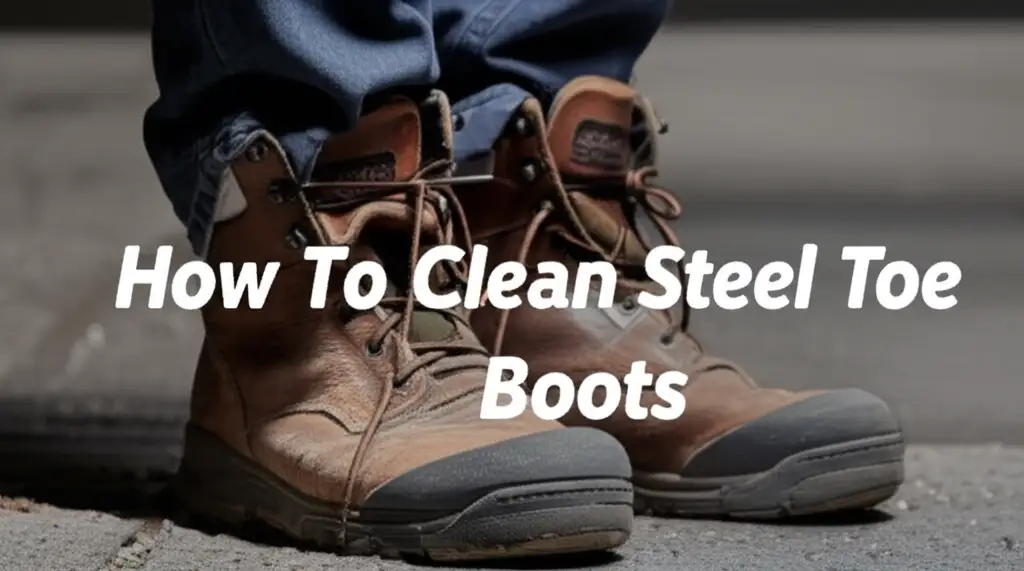
Unlock the Secrets: How To Clean Steel Toe Boots Effectively
Do you wear steel toe boots daily for work or hobby? These boots protect your feet. They also endure harsh conditions. Mud, dirt, grease, and sweat are common enemies. Over time, these elements damage your boots. They also cause unpleasant odors. Learning how to clean steel toe boots is crucial. Proper cleaning extends boot life. It also keeps your feet healthy and comfortable. This comprehensive guide provides simple steps. We will cover various materials and common problems. You will learn to maintain your protective footwear.
Takeaway
To clean steel toe boots effectively:
- Gather the right tools for your boot material.
- Always dry-brush off loose dirt first.
- Use specific cleaning methods for leather, suede, or synthetic materials.
- Address internal odors and clean insoles regularly.
- Dry boots naturally, away from direct heat.
- Condition and protect materials after cleaning.
To clean steel toe boots, first remove loose debris with a brush. Then, use a damp cloth and a mild cleaner suitable for the boot’s material. For leather, condition it after drying. For suede, use a specialized brush and eraser. Always ensure boots dry completely in a well-ventilated area before storage.
Why Cleaning Steel Toe Boots Matters for Durability and Hygiene
Many people ask, “Why should I bother to clean steel toe boots?” The answer is simple. Regular cleaning offers many benefits. It protects your investment. It also ensures your comfort and health. Dirt and grime wear down boot materials. This shortens the lifespan of your boots. Cleaning removes these harmful elements. It preserves the integrity of the materials.
Steel toe boots are an important piece of safety gear. They protect your feet from hazards. They need to stay in good condition. Dirt can collect in seams and creases. This causes the material to break down. Moisture trapped by dirt leads to rot and mold. Proper care prevents this damage. It keeps the boots strong and protective. This means your boots last longer. You do not need to replace them as often.
Beyond durability, hygiene is a big concern. Your feet sweat inside your boots. This creates a warm, moist environment. This environment is perfect for bacteria and fungi. These microbes cause bad odors. They can also lead to foot problems. These issues include athlete’s foot. Cleaning the inside of your boots helps. It removes bacteria and sweat buildup. This keeps your feet fresh and healthy. It also makes wearing your boots more pleasant. Regular cleaning prevents these issues. It ensures your boots remain a safe and comfortable part of your gear.
Essential Tools and Supplies for Boot Cleaning
Before you start, gather all your supplies. Having the right tools makes the job easier. It also ensures you do not damage your steel toe boots. The specific tools depend on your boot material. However, some items are universally helpful. I always start with a good set of brushes. A stiff-bristled brush is great for caked-on mud. A softer brush works well for general dusting.
You will also need a few cloths. Microfiber cloths are excellent for cleaning and buffing. They are gentle and absorbent. Water is a key element. A bucket of warm water helps with most cleaning tasks. For cleaning solutions, choose wisely. Mild dish soap often works for general dirt. However, specialized boot cleaners are best. They are formulated for specific materials like leather or suede. These cleaners protect the material. They also lift dirt effectively.
Consider a leather conditioner if your boots are leather. This restores moisture. It prevents cracking. For suede, a suede eraser and brush are essential. These tools lift dirt without water. They also restore the nap of the material. Finally, don’t forget protection. Waterproofing sprays or waxes add a layer of defense. They repel water and stains. Shoe trees or newspaper also help. They maintain the boot’s shape during drying. Having these items ready saves time. It also ensures a thorough clean. You will be prepared for any cleaning task.
- Brushes: Stiff-bristled brush, soft-bristled brush, suede brush.
- Cloths: Several clean microfiber cloths.
- Water: Two buckets of warm water (one for cleaning, one for rinsing).
- Cleaners: Mild dish soap, specialized boot cleaner (for leather, suede, or synthetics).
- Conditioners/Protectors: Leather conditioner, mink oil, suede protector spray, waterproofing spray/wax.
- Accessories: Suede eraser, old toothbrush, shoe trees or newspaper.
Step-by-Step Guide for Cleaning Leather Steel Toe Boots
Leather is a common material for steel toe boots. It is durable but needs proper care. Cleaning leather boots is straightforward. I follow a few key steps. This ensures the leather remains supple and strong. First, always remove any loose dirt. Let me walk you through the process.
Initial Dry Cleaning
Start by removing the laces. This allows you to clean all areas. Use a stiff brush to remove mud and loose dirt. Pay attention to the sole and the stitching. Dirt stuck in these areas causes wear over time. For stubborn mud, let it dry completely first. Then, it is easier to brush off. A putty knife or similar tool can scrape off thick mud from the sole. Be careful not to scratch the leather.
Wet Cleaning
Mix a small amount of mild dish soap with warm water. You can also use a specialized leather cleaner. Dip a soft brush or cloth into the solution. Gently scrub the entire surface of the boot. Use small, circular motions. Do not saturate the leather. Too much water damages it. Focus on dirty areas. Rinse your cloth often in clean water. Wipe away soap residue. Make sure no soap remains on the leather. Soap left on the boots can dry them out.
For tough stains like grease or oil, you might need a stronger approach. While these links are about metal, the principle of tackling tough stains is similar across materials. For example, understanding how to clean grease off various surfaces, even something like how to clean grease off stainless steel, helps you think about breaking down the stain’s bond. Similarly, for general stains, the approach of lifting and wiping, similar to how to clean stains on stainless steel, can be adapted for leather, using appropriate leather-safe products.
Conditioning and Protection
After cleaning, let your boots air dry. Place them in a well-ventilated area. Avoid direct sunlight or heat sources. These can crack the leather. Once dry, apply a leather conditioner. Use a clean cloth to rub the conditioner into the leather. This restores moisture. It keeps the leather soft and prevents cracking. Mink oil or boot oil also works well. Apply a thin, even layer.
Finally, consider waterproofing your boots. A good waterproofing spray or wax adds protection. It repels water and prevents future stains. Apply according to product instructions. This step is important for boots used in wet conditions. Proper conditioning and protection extend the life of your leather steel toe boots.
Cleaning Suede and Nubuck Steel Toe Boots
Suede and nubuck materials require a different cleaning approach. They are softer than traditional leather. Water can stain them. I always use dry cleaning methods first for these materials. These steps help keep them looking good.
Gentle Brushing
Start by brushing the entire boot with a specialized suede brush. This brush has soft bristles. It removes loose dirt and dust. Brush in one direction. This helps lift the nap of the suede. Avoid scrubbing hard. Harsh scrubbing can damage the delicate fibers. For caked-on mud, let it dry first. Then, gently brush it off. A specialized suede brush is key here. It is gentle enough not to cause damage.
Stain Removal
For scuffs and small marks, use a suede eraser. This eraser lifts dirt and stains. Rub the eraser gently over the affected area. The eraser crumbles as it works. It lifts the dirt with it. For tougher stains, a small amount of white vinegar can work. Dip a clean cloth into vinegar. Blot the stain gently. Do not rub vigorously. Blot until the stain begins to lift. Then, let it air dry. Once dry, brush the area again. This restores the nap.
Avoid using water on suede or nubuck. Water can leave permanent marks. If your boots get wet, let them air dry completely. Then, brush them to restore the texture. If you find rust marks, perhaps from metal eyelets or buckles, the principles for dealing with rust on surfaces like how to clean rust off stainless steel can offer insight into using gentle abrasion and appropriate cleaners, though you must use products safe for suede.
Protecting Suede
After cleaning, apply a suede or nubuck protector spray. This spray creates a barrier. It repels water and stains. Always follow the product instructions. Spray evenly over the entire boot. Let it dry completely. This protective layer helps keep your boots clean longer. It also makes future cleaning easier. Regular protection is vital for suede and nubuck boots. It helps them withstand daily wear and tear. This ensures they remain in good condition.
Tackling Odors and Inner Boot Hygiene
Steel toe boots can get very smelly. This is because feet sweat. The inside of the boot traps moisture. This creates a perfect breeding ground for bacteria. These bacteria cause bad odors. I always make internal hygiene a priority. It keeps my boots fresh. It also helps prevent foot problems.
First, address the insoles. Most insoles are removable. Take them out after each wear. Let them air out. This helps them dry. You can wash most insoles. Check the manufacturer’s instructions. Some insoles are machine washable. Others need hand washing. Use mild soap and warm water. Scrub them gently. Rinse thoroughly. Let them air dry completely before putting them back in your boots. This prevents mold growth.
For persistent odors inside the boot, baking soda is a great solution. Sprinkle a generous amount of baking soda into each boot. Make sure to coat the inside thoroughly. Leave the baking soda overnight. It absorbs moisture and neutralizes odors. In the morning, shake out the boots. Vacuum any remaining powder. You can also use cedar boot inserts. Cedar naturally absorbs moisture. It also imparts a fresh scent. These inserts help keep your boots dry and smelling good.
Specialized boot deodorizers are also available. These sprays or powders kill bacteria. They neutralize odors. Follow the product instructions. Spray inside the boots. Let them air dry. This routine ensures your boots stay fresh. It improves foot hygiene. Regular attention to the inside of your boots is just as important as cleaning the outside. It keeps your feet comfortable throughout the day.
Specialized Cleaning for Tough Stains and Conditions
Sometimes, regular cleaning is not enough. Steel toe boots face harsh environments. They can pick up tough stains. These include oil, grease, tar, or salt. These stains need special attention. I have a few tricks for these stubborn marks.
For oil and grease stains, act fast. The sooner you treat them, the better. Use a degreasing agent designed for footwear. Apply a small amount to a clean cloth. Blot the stain. Do not rub, as this spreads the oil. You can also try cornstarch or talcum powder. Sprinkle it heavily on the stain. Let it sit for several hours or overnight. The powder absorbs the oil. Then, brush it off. Repeat if necessary. The principles of breaking down grease, as sometimes needed to clean things like how to clean burnt oil from stainless steel pan, can inspire you to find the right agent to lift the stain from your boots.
Tar stains are particularly sticky. You can try a small amount of mineral spirits or rubbing alcohol. Apply it to a cotton swab. Gently dab the tar. Work from the outside of the stain inwards. This prevents spreading. Test a hidden area first. Make sure the solvent does not damage the boot material. After the tar lifts, clean the area with a damp cloth. Then, condition the leather.
Salt stains often appear as white lines. They form from snowmelt or road salt. Mix equal parts white vinegar and water. Dampen a cloth with this solution. Gently wipe the salt stains. The vinegar dissolves the salt. Wipe again with a clean, damp cloth. Let the boots air dry. Then, condition the leather. This prevents the leather from drying out. These specialized cleaning methods keep your steel toe boots looking their best. They also extend their functional life. Remember to always test new products in an inconspicuous area. This avoids damage to your valuable boots.
Drying and Storing Your Steel Toe Boots
Proper drying and storage are critical steps. They prevent damage after cleaning. They also keep your boots in good shape for longer. I learned early that improper drying can ruin boots. Never rush this process.
After cleaning, resist the urge to use heat. Do not place your boots near radiators, heaters, or in direct sunlight. High heat causes leather to dry out. It can shrink and crack. It can also warp other materials. This damage is often irreversible. Instead, let your boots air dry naturally. Place them in a well-ventilated area. A cool, dry spot is ideal. This allows moisture to evaporate slowly.
To help them dry faster and maintain their shape, use shoe trees. Cedar shoe trees are excellent. They absorb moisture. They also help keep the boot’s original form. If you do not have shoe trees, stuff your boots with newspaper. Newspaper absorbs moisture effectively. Change the newspaper every few hours. Do this until the boots are dry. Make sure the inside of the boots is completely dry before storage. This prevents mold and mildew.
Once dry, store your steel toe boots properly. Keep them in a cool, dry place. Avoid damp basements or hot attics. Store them upright. This helps maintain their shape. If you have boot bags, use them. They protect the boots from dust. For boots you wear regularly, keep them accessible. Give them a quick brush down after each wear. This minor habit prevents dirt buildup. It makes deep cleaning easier later. Consistent care ensures your steel toe boots are always ready for action. It extends their useful life for many years.
FAQ Section
Can I wash steel toe boots in a washing machine?
No, you should not wash steel toe boots in a washing machine. The harsh agitation and hot water can damage the leather or other materials. It can also compromise the integrity of the steel toe. Machine washing can cause the boot’s structure to break down. For guidance on machine washing other types of footwear, you can review methods for how to clean shoes in the washer, but always remember steel toe boots are different.
How often should I clean my steel toe boots?
The frequency depends on how often you wear them and the conditions. For daily wear in dirty environments, a quick brush-down after each use is good. A more thorough cleaning every 1-2 weeks is ideal. For occasional use, clean them after each use or before storing them for an extended period.
What’s the best way to remove caked mud from my boots?
Let the mud dry completely first. Once dry, use a stiff-bristled brush or an old butter knife to carefully scrape off the large clumps. Then, follow with a damp cloth for remaining residue. For deeply textured soles, a thin stick or screwdriver can help dislodge mud from grooves.
Can I use household cleaners like dish soap on my steel toe boots?
Yes, mild dish soap mixed with water can be used for general cleaning on leather or synthetic boots. However, always use it sparingly and dilute it well. Avoid harsh detergents or abrasive cleaners, as they can strip natural oils from leather or damage other materials. Always rinse thoroughly to remove all soap residue.
How do I prevent foot odor in my boots?
To prevent odor, always let your boots air out after each wear. Remove insoles and allow them to dry. Sprinkle baking soda inside the boots overnight to absorb moisture and odor. Using cedar shoe trees or specialized boot deodorizers can also help maintain freshness and reduce bacterial growth.
Should I waterproof my steel toe boots?
Yes, waterproofing your steel toe boots is highly recommended. It creates a protective barrier against water and stains. This is especially important for boots used in wet or muddy conditions. Always choose a waterproofing product suitable for your boot’s specific material (leather, suede, or synthetic) and apply it according to the manufacturer’s instructions.
Conclusion
Cleaning your steel toe boots is more than just making them look good. It is a vital part of maintaining your personal safety gear. This consistent care keeps your boots strong. It also ensures they perform their best. We covered many steps today. From selecting the right tools to tackling tough stains, you now have the knowledge. You also know how to keep your feet comfortable and healthy.
Remember the key takeaways. Always remove loose dirt first. Use the correct cleaning method for your boot’s material. Never forget the inside of the boot for hygiene. Dry them naturally and store them properly. By following these simple steps, you extend the life of your steel toe boots significantly. You also ensure they are always ready for your next challenging day. Take a moment after your workday to give your boots the care they deserve. Your feet and your wallet will thank you. Do you have any favorite boot cleaning tips? Share them in the comments below!
- Steel Toe Boots
- Boot Cleaning
- Work Boots
- Footwear Maintenance
- Leather Boot Care
- Suede Boot Cleaning
- Odor Removal

